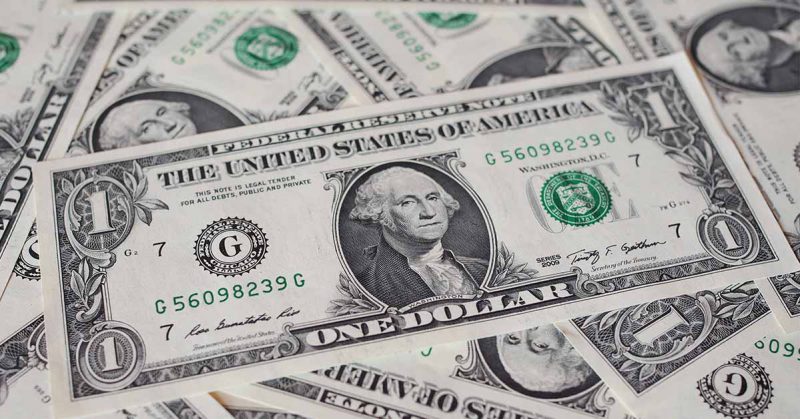The US dollar (USD) will maintain its hegemonic status despite competition from alternative currencies, according to two JPMorgan strategists. Research claims that the Chinese yuan now represents only 7% of total world foreign exchange trade volumes. In the meantime, the Dollar makes up around 88%.
Moreover, the report notes that a short-term break in the USD’s dominance is unlikely. Additionally, the USD’s usage is also starting to change. The US’s share of world commerce has also gone down. Meanwhile, exports have dropped to a record low of 9%.
According to JPMorgan,
“De-dollarization is evident in FX reserves where USD share has declined to a record as share in exports declined.”
Which currency can replace the US dollar?
The idea of a reserve currency that threatens the dollar’s status has been promoted by many who oppose a US-dominated financial system. Some have predicted that the BRICS currency will finally succeed the dollar. Others claim that the Chinese yuan is better positioned to accomplish this.
JPMorgan fought against the idea of a currency regime dominated by the yuan. This is due to the limited international use of the Chinese currency. Yuan compromises 2.3% of SWIFT payments compared to the dollar’s 43% dominance.
However, the analysts did acknowledge China’s initiatives to promote the yuan internationally. They took note of the development in cross-border liabilities and transactions. However, given the strict yuan control, they anticipate it will be restricted.
The future of the dollar has also received institutional forecasts from Goldman Sachs. Even if the currency faces new challenges, the financial giant said that there are no realistic alternatives to harm the dollar.
Therefore, it seems that the USD does not have much to worry about in regard to its dominance. Moreover, the globally accepted financial system is a well-oiled machinery. A change would take decades to come into effect.





